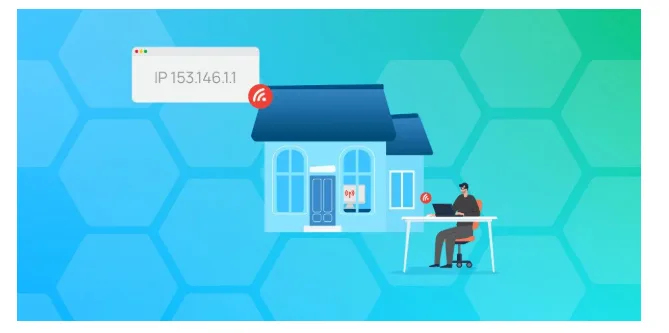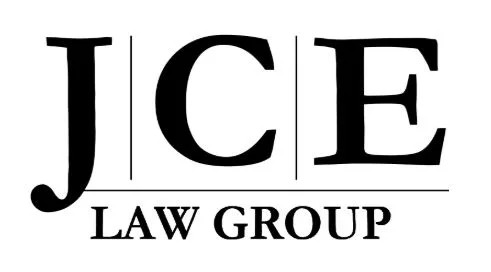When to Switch from Prototyping to Injection Molding
Every product developer faces a big decision at some point. Your prototype works well, testing shows people want your product, and orders are coming in. Now you need to figure out when to move from prototyping to injection molding for full-scale production.
This choice can make or break your project. Jumping in too soon could cause you to face expensive errors. Waiting too long could cause competitors to steal your customers while you deal with production limits.
Why Prototyping Works Early On
Prototyping is great for the early stages. Methods such as 3D printing or CNC machining allows you to make small batches fast. You can tweak the designs, test ideas, and confirm everything works without spending too much.
But also, these methods have limits. When you need more units, the cost per part will stay high. It takes longer to produce, and keeping quality consistent gets tricky. That is where injection molding comes in.
How Injection Molding Changes Things
Injection molding is a game changer for larger production runs. Once you pay for the mold, each part costs very little to make. The process is going to give you consistent quality, finishes, and the ability to create complex shapes that prototyping that would not be cost effective at all.
For example, if you are making a plastic case for an electronic device, 3D printing might cost $15 per unit. With injection molding, after covering the mold cost, each unit could drop to $2. If you are producing 10,000 units a year, that’s a great big savings. The initial mold might cost $20,000 to $50,000, but it will pay for itself quickly.
When Does It Make Sense?
The decision to switch will often come down to how many units you are making. Injection molding typically becomes less expensive than prototyping at about 1,000 to 5,000 units per year. Of course, it will depend on how complex your part is and what materials you are using.
For most products, the break even point is between 2,000 and 10,000 units. After that, injection molding will save you a lot of money, sometimes cutting costs by 70% to 90% compared to prototyping. If your product needs precision measurements, consistent thickness, or specific materials for medical devices or car parts, you might need injection molding even for smaller runs.
Reading the Market
Your customers’ buying habits can guide your timing. If orders are growing at a steady pace for three to six months, that is a sign your product is catching on. But if demand spikes only during certain seasons, you might want to hold off.
Competition matters as well. If your competitors are selling similar products at lower prices because they are using injection molding, you might need to make the switch to stay in the game. In industries like car parts, hitting specific price points is critical to keeping contracts.
Money is another factor. Injection molding requires a big upfront cost for the mold, which could be anywhere from $25,000 to $100,000 for a moderately complex part. High volume molds can cost over $200,000. Some companies start with a simpler, single cavity mold to test the waters before investing in bigger, multi cavity molds.
Is Your Design Ready?
The design of your product will need to be solid before you commit to injection molding. If you are still making changes to the design, the mold costs are going to increase. Every tweak means adjusting the mold, which won’t be cheap for you.
The materials you use will also play a role. Prototyping often uses different plastics than production. Injection molding allows you to use stronger, and longer lasting materials, but these will require specific mold designs and processing methods.
The complexity of the part will all affect the costs and timelines too. Simple shapes with even thickness are less expensive and faster to mold. If your design has features like undercuts or threads, the mold is going to need extra parts like slides or lifters, which raises the costs and setup time.
Working with an experienced injection molding company is going to help. They can spot potential issues early, like problems with mold flow or cooling, and will suggest tweaks to improve quality and speed up production.
Budgeting for the Switch
Switching to injection molding isn’t just about the mold. You need to think about other costs as well. The equipment you are going to need will depend on your part size. Small parts might only need a 50-ton press, while the bigger ones could require a 500-ton machine. Renting is an option, but owning or partnering with a manufacturer makes so much more sense for long term production.
Quality control gets more complex with injection molding. You will most likely need automated inspection tools and regular maintenance, which will add to your expenses. Inventory changes too, molding often requires larger production runs to be cost-effective, so you will need to plan for storage along with cash flow.
Finding the Right Moment
Deciding when to switch involves several factors, including your budget, demand, and the readiness of the desgn, along with what your competitors are doing. Many manufacturers start planning the move when their monthly demand hits around 500 units and continues to grow.
Research wil help confirm if demand will last. Surveys, feedback from distributors, and sales data give you a clear picture. Attending trade shows and keeping up with industry news can also tip you off about what your competitors are up to.
To reduce the risk, some companies spread out mold costs by negotiating payment plans with suppliers. Others often lineup backup manufacturers to avoid delays if their main partner can’t keep up.
Making the Transition Happen
Once you decide to switch, you will need to move quickly. Markets don’t wait. Start designing the mold while locking in production partners. Working on both at the same time will get your product out there quicker.
Precise documentation is also very essential. You need detailed specs, quality standards, and testing plans to ensure the production parts match your prototypes. Without this, you can risk delays or quality problems that will cost you time and money.
Why It Matters
Switching to injection molding is a major step. But if you get the timing right, you can cut costs, improve quality, and scale up production to meet demand. Wait too long, and you might lose ground to competitors who are already producing efficiently.
The key is to analyze your production needs, market trends, and finances carefully. Companies that make the switch at the right moment often find injection molding opens up new possibilities, like reaching bigger markets or offering lower prices that prototyping alone can’t support.





